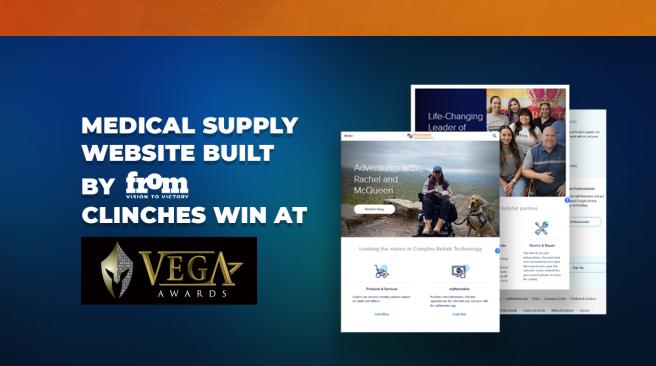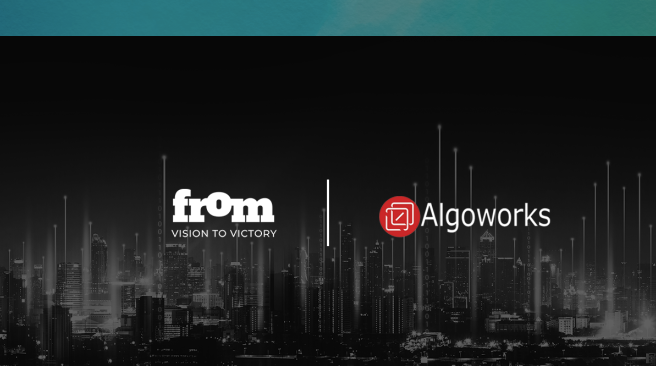Insights | By Howard Tiersky
STOP IT! With a Customer Experience Audit
One of the most classic Saturday Night Live sketches features Bob Newhart as a psychiatrist. When his patients come and describe their depression, anxiety or self-defeating behavior he simply shouts at them, "Stop that!" and they leave cured.
If your customers don't feel 100% connected to your brand if the level of satisfaction in your digital journey is lagging behind, is there some bad behaviors that you just need to STOP?
When we conduct user experience audits at our clients, we nearly always find things the brand is doing which create friction with customers or send messages unintentionally that are totally inconsistent with the brand values many of which are fairly easy just to STOP doing.
Here's one example. I received this from United Airlines a few years ago. I found it so hysterical that I shared it with my Twitter followers:

.
This is an email from United asking me for my feedback on a recent flight. Nice idea. But the first thing the email tells me in large bold type is that any replies I send are not monitored. So will my feedback just be sent to email limbo? When I kept reading, I found that lower in the message it provided a link for me to take a survey. Clearly, they wanted my feedback; they just didn’t want the feedback via their email system. Since replies to the email were not being monitored, some well-meaning person at United decided to put in this disclaimer. But viewed through our "customer experience" lens it doesn’t require much analysis to conclude that this is clearly sending the wrong message: "Tell us about your recent flight! But we aren't actually listening to your response!"
I show this example not to make fun of United. On the contrary, I'm a big customer of theirs and overall think they do a good job in the customer experience area (though United, if you are listening, there's definitely areas to improve as well, let's talk).
The point is that every company has these types of seemingly small glitches in user experience that add up over time to form an impression. This becomes even more problematic when a digital disruptor offers your customer a new shiny digital journey which has avoided these types of flaws.
You may not be doing precisely what United is doing, but does your company have any emails they send to customers from email accounts called something like no-reply@mybrand.com ? What other user experience hiccups might customers see? Although United has since fixed the egregious mixed message of my first screenshot, here's an email they sent me ten days ago (Yes I am still flying between Chicago and Newark…. that’s where my kids’ grandparents live!).
The huge "we don’t monitor your response" message is gone. But the message still comes from an email address that starts with "no reply." Is my feedback important to you? But not important enough for you to receive an email I send back with my response, eh?
I would suggest to you that in the age of conversational commerce, there is no place for such email addresses. On the contrary, you need to encourage your customer to be in dialog and be adaptive too. However, the customer wishes to communicate. If they want to reply to your email receipt with a request to buy an add-on item, do you want to bounce that email or close another sale? If they want to reply to your promotional email with a complaint about the last thing they bought from you, do you want to ignore them because they didn’t submit their request the right way, or use this as an opportunity to address their concerns and take the relationship to the next level?
Of course, this isn’t just about emails. These types of unintentional customer experience warts can grow anywhere, from your call center to your store to your website or mobile app.
Not every customer experience issue is easy to solve, of course, but it’s amazing how often we uncover this type of low-hanging fruit. The results can be a little embarrassing when we realize the things we've been doing to our customers. But it’s far better to know than to be in the dark, and of course, it feels great to find easily solvable problems and slay them. The bigger problems are also valuable to clarify as they form the basis for developing a re-defined customer journey.
But even before you have a vision for broad transformation, take a look at your customer experience and find those accessible CX "weeds" where you can simply STOP IT!












